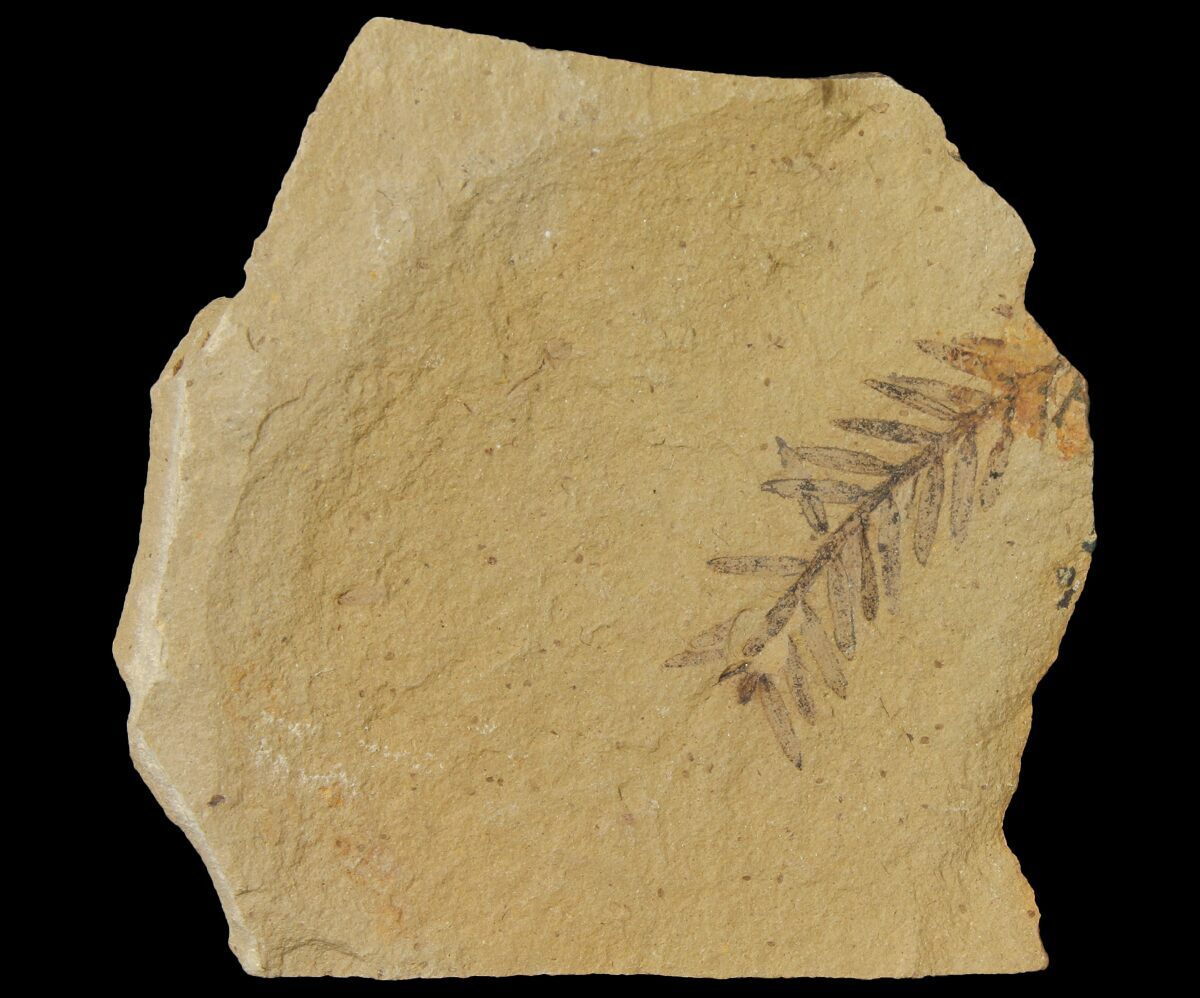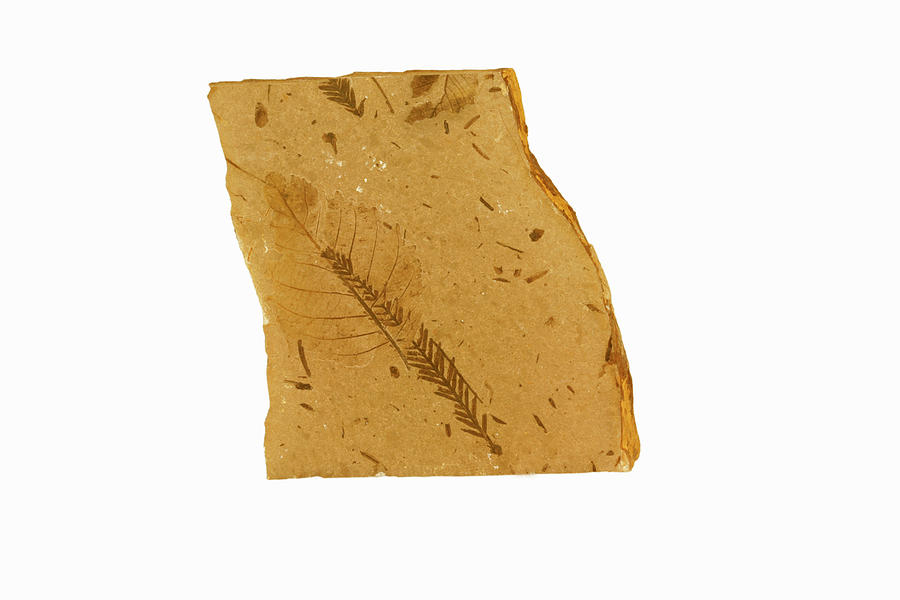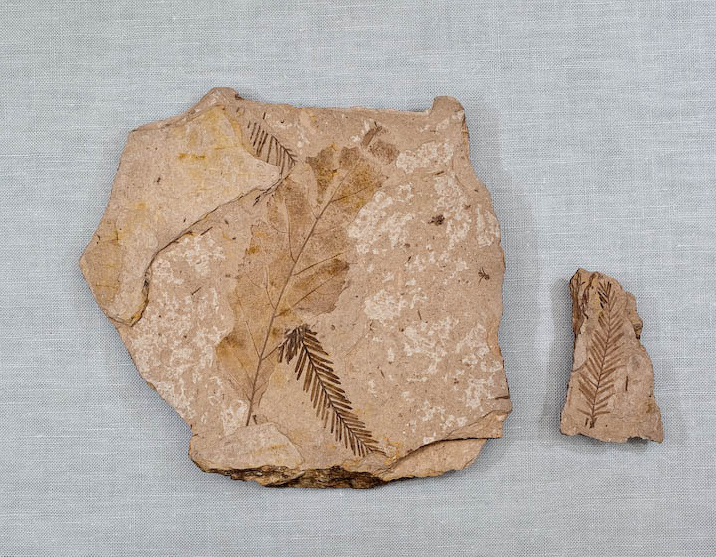
The bark and foliage are similar to Sequoia, but Metasequoia is deciduous like Taxodium distichum (bald cypress), and, similarly, older specimens form wide buttresses on the lower trunk. Appearanceĭawn redwood foliage - note opposite arrangement Sequoioideae and several other genera have been transferred from the former family Taxodiaceae to Cupressaceae based on DNA analysis. M. glyptostroboides is the only living species in its genus, but three fossil species are known. Together with Sequoia sempervirens (coast redwood) and Sequoiadendron giganteum (giant sequoia) of California, Metasequoia is classified in the Cupressaceae subfamily Sequoioideae.

Since its rediscovery in 1944, the dawn redwood has become a popular ornamental, with examples found in various parks in a variety of countries. Local villagers refer to the original tree from which most others derive as Shuǐshān (水杉), or "water fir", which is part of a local shrine. Although the shortest of the redwoods, it grows to at least 165 ft in height. The living species Metasequoia glyptostroboides is native to Lichuan county in Hubei province, China. Springer, Netherlands.Metasequoia, or dawn redwoods, is a genus of fast-growing deciduous trees, one of three species of conifers known as redwoods. In: The geobiology and ecology of Metasequoia, pp.

The evolution and biogeographic history of Metasequoia. Botanical Journal of the Linnean Society, v. Studies on fossil Metasequoia from north-east China and their taxonomic implications. International Journal of Plant Sciences, v. from the Paleocene of central Alberta, Canada. Diversity among taxodioid conifers: Metasequoia foxii sp. Transactions of the American Philosophical Society. "A revision of fossil Sequoia and Taxodium in western North America based on the recent discovery of Metasequoia". occidentalis have been reported from parts of the United States, Canada, Russia, China, Japan, Greenland and Svalbard, but Metasequoia appears to have been rare or absent in much of Europe. By the Tertiary period, it had become a major constituent of lowland and swampy forests in the northern circum-Pacific and polar regions, where it commonly coexisted with Glyptostrobus europaeus. Metasequoia occidentalis appeared in fossil record during the Late Cretaceous epoch ( Cenomanian stage). The pollen-bearing cones are small, globose to ovoid, 1–5 mm (0.039–0.197 in) long and 0.5–4 mm (0.020–0.157 in) wide, and oppositely arranged on specialized stalks with one terminal cone. The seeds have two wings, are ovoid to cordate in shape, and are up to 5 mm (0.20 in) long and 4 mm (0.16 in) wide. The seed-bearing cones are globose to ovoid, 11–40 mm (0.43–1.57 in) long and 6–34 mm (0.24–1.34 in) wide, with decussately arranged triangular scales, and are borne on long, leafless stalks. The leaves are ovate to linear in shape, ranging from 6–25 mm (0.24–0.98 in) in length and 1–2 mm (0.039–0.079 in) in width, with a distinct midvein, a petiolate base, and an acute tip. The foliage consists of branchlets with oppositely arranged leaves. occidentalis was identical to a live Metasequoia glyptostroboides. With a few notable exceptions, it has been claimed that the majority of the fossils documented in the literature show that M.

occidentalis by Ralph Works Chaney based on the close resemblance to living Metasequoia. In 1951, the species was reassigned to Metasequoia as M.

It was not until the living species Metasequoia glyptostroboides was discovered and described from a remote area of China during the 1940s, that the affinity of many of the fossils became apparent. Fossilized Metasequoia-like remains were noted in Europe and North America from the 1800s on, but were assigned to the cupressaceous genera Sequoia (redwoods) and Taxodium ( bald cypresses). The species was originally described as Taxodium occidentale by John Strong Newberry. The species was first described in 1863 from fossils found in the outcrops of the Late Paleocene-Middle Eocene Chuckanut Formation around Birch Bay, Washington. occidentalis cone with long, leafless stalk Ypresian, Klondike Mountain Formation History


 0 kommentar(er)
0 kommentar(er)
